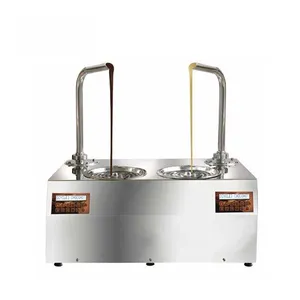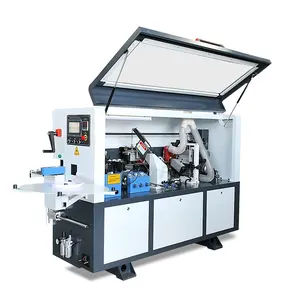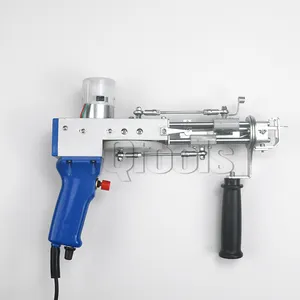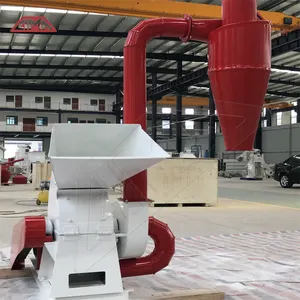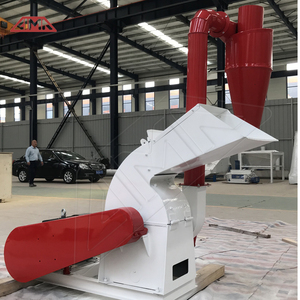Popular in your industry






































































Related Searches:






























































































































Top categories
About corn silage chopper machine
Understanding Silage Chopper Machines for Corn
Silage chopper machines are purpose-built to slice corn and other crop varieties into finer fragments, streamlining the preparation of animal feed and aiding in the ensiling process. These devices are indispensable in the agricultural sector, offering farmers a proficient means to manage copious amounts of feedstock. Operating on a straightforward yet efficacious principle, silage choppers employ a series of sharp blades or knives to mince and disintegrate the crop, thereby diminishing its volume and enhancing the ensiling process that conserves essential nutrients for livestock.
These machines cater to a demographic comprising farmers, ranchers, and agribusinesses that necessitate the swift and efficient preparation of substantial feed quantities. Silage choppers prove invaluable during the harvest when crop volume peaks. The processed fodder can subsequently be ensconced in bags or silos for later use.
Available in a multitude of sizes and designs, silage choppers are tailored to various operational scopes and requirements. Options range from immobile to transportable units, with certain models boasting features like modifiable cutting dimensions and variable speed controls. While stationary choppers typically rely on electric motors for power, mobile variants may be self-powered or hitched to tractors. Design considerations extend beyond cutting prowess to encompass safety and user-friendliness, with numerous machines integrating intuitive interfaces and protective features.
Diverse Silage Chopper Machines for Corn
The market offers an array of silage chopper machines to suit varied applications and demands, from compact models for domestic use to robust industrial machines for large-scale farming:
-
Single-Function Chopper: Dedicated to the singular task of slicing crop material, this variant is optimal for smaller farms or infrequent usage where a multifaceted machine is unwarranted.
-
Double-Function Chopper: Beyond mere cutting, this dual-purpose chopper refines the material into a more uniform feed, ideal for premium livestock nourishment.
-
Forage Harvester Chopper with Corn Header: This advanced apparatus amalgamates harvesting and chopping capabilities, featuring a corn-specific header that maximizes crop retention while delivering superior feedstock.
-
Stationary Silage Chopper: Suited for industrial applications, these large-scale machines can process vast amounts of corn, serving the needs of expansive farms and agricultural enterprises.
Selecting the Right Silage Chopper Machine for Corn
Choosing an appropriate Silage Chopper Machine for corn entails a thorough assessment of various factors to match your particular requirements and the scale of your operations. Key considerations include:
-
Scale of Operation: Your operation's magnitude will influence whether a stationary or portable forage harvester is required. Smaller or sporadic operations might prefer a manual or electric model.
-
Power Source: Your choice of a diesel, electric, or alternative fuel chopper should reflect local fuel availability and cost considerations. Electric models are often favored in areas with reliable electricity.
-
Chopping Mechanism: The corn cutting method is crucial, with some machines employing rotating knives for precise cuts, while others might utilize a guillotine-style mechanism for thicker stalks.
-
Additional Features: Depending on your setup, features like an adjustable chute, self-sharpening blades, or integrated moisture testers can provide added convenience.
-
After-sales Service: Opt for vendors offering comprehensive after-sales support, including online and video technical assistance, to minimize operational disruptions.
Exploring Silage Chopper Machines for Corn on Alibaba.com
Alibaba.com presents a broad spectrum of silage chopper machines, addressing the diverse needs of global agricultural enterprises. The platform facilitates connections with suppliers capable of meeting specific demands, whether outfitting a large-scale operation or seeking a specialized solution for a niche market. Alibaba.com emphasizes selection and flexibility, simplifying the search for equipment that aligns with local farming practices and industry benchmarks.
The platform's dedication to promoting international commerce is reflected in its multilingual, mobile-friendly interface, ensuring seamless communication with suppliers and efficient order management. Alibaba.com's Trade Assurance service further instills confidence by safeguarding payments until delivery confirmation.
As a trusted resource for quality agricultural machinery, Alibaba.com ensures secure transactions and protects buyers throughout the procurement journey. Utilizing Alibaba.com for silage chopper procurement empowers you with a platform that grasps the nuances of global trade and fosters your business growth through customized trading experiences.
Frequently Asked Questions about Silage Chopper Machines for Corn
What distinguishes fixed from trailed silage choppers?
Fixed silage choppers are engineered for large-scale production in a stationary setup, whereas trailed choppers offer adaptability and mobility, suitable for smaller enterprises or varied terrains.
How does blade quantity impact a silage chopper's efficacy?
A silage chopper's blade count affects the fineness of the cut and the machine's processing velocity. More blades typically yield a finer cut, while fewer blades can expedite the processing of bulkier feed.
Is it feasible to use a silage chopper for crops other than corn?
Indeed, many silage choppers are adaptable enough to handle a range of crops, though it's imperative to verify that the machine's specifications are compatible with the intended crop.
What considerations are vital when selecting a silage chopper's power source?
Assess the local fuel availability and expense. Diesel choppers may be more efficient and potent for larger operations, while electric variants offer consistent performance with reduced operational costs.
Can silage choppers manage damp materials?
Certain silage choppers are equipped to deal with moist materials; however, selecting a machine specifically designed for this purpose is crucial to avoid blockages and inefficiency.
What maintenance is required for a silage chopper machine?
Maintenance routines for silage choppers involve cleaning, inspecting blades and belts for wear or damage, lubricating moving parts, and replacing worn components as needed. Manufacturer guidelines should be consulted for specific maintenance protocols.
Can silage chopper machines be customized to specific needs?
Suppliers often provide customization options for silage choppers, ranging from minor modifications to bespoke designs tailored to particular processing requirements or environmental conditions.
What after-sales services are advisable for silage chopper purchases?
Seek suppliers that offer after-sales support, including online assistance, video technical support, and overseas engineer services, which are essential for equipment upkeep.
How should the appropriate size of a silage chopper machine for my farm be determined?
Consider your operation's scale and the volume of material to be processed. Smaller farms may suffice with a compact machine, while larger operations necessitate more robust or industrial-sized machinery.
What safety features are recommended for silage chopper machines?
Essential safety features include emergency stop controls, protective guards around moving components, and sometimes shields to prevent inadvertent contact. Ensure operators are well-versed in safe handling and that the machine is operated within its safety parameters.
How does voltage influence a silage chopper machine's operation?
Voltage requirements differ by region, so it's crucial to select a machine that is compatible with the local power supply and adheres to regional electrical safety standards.

